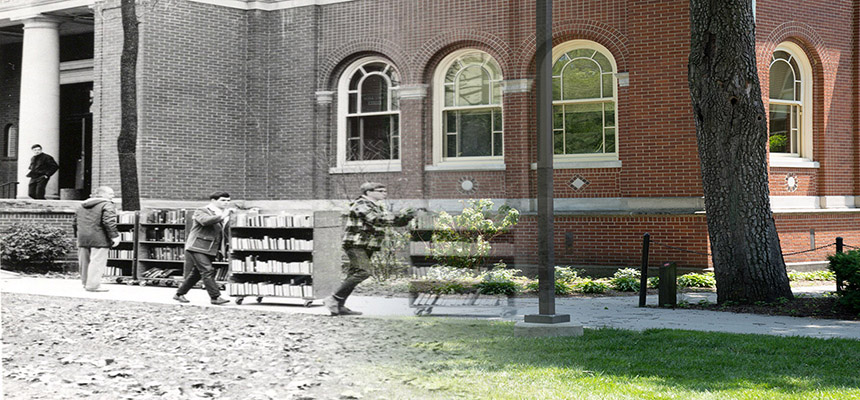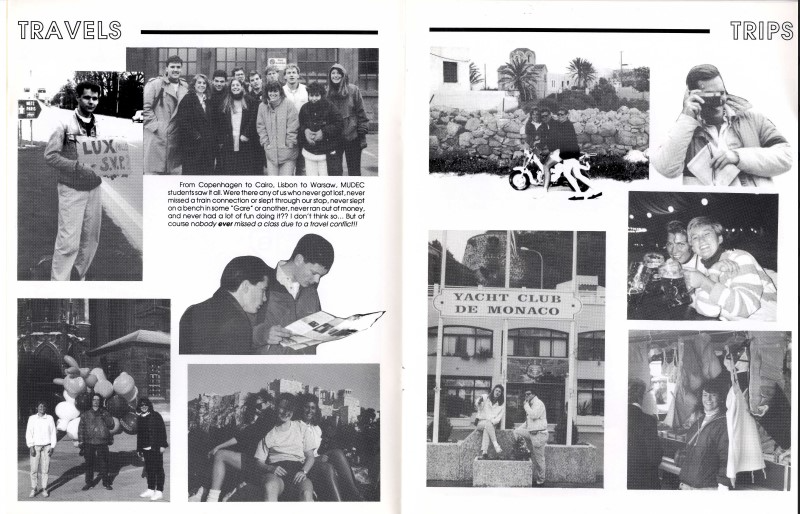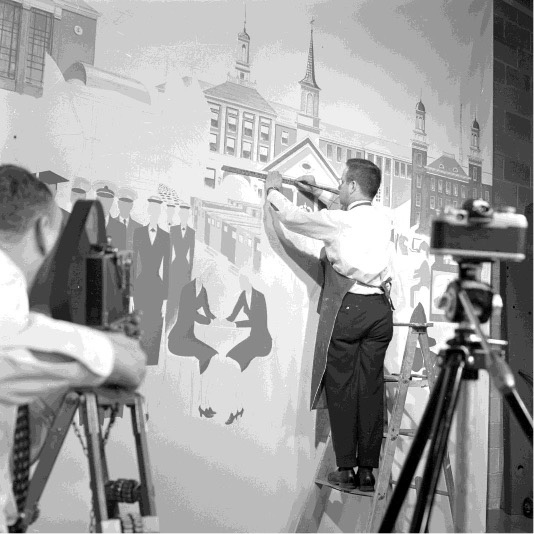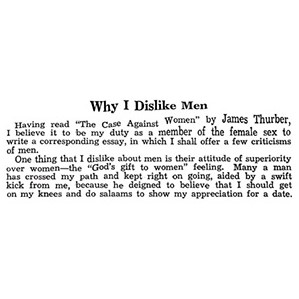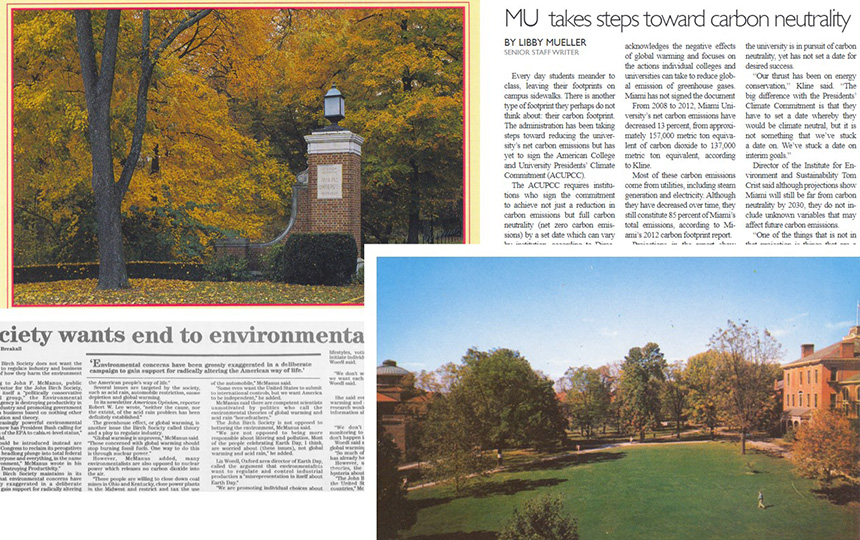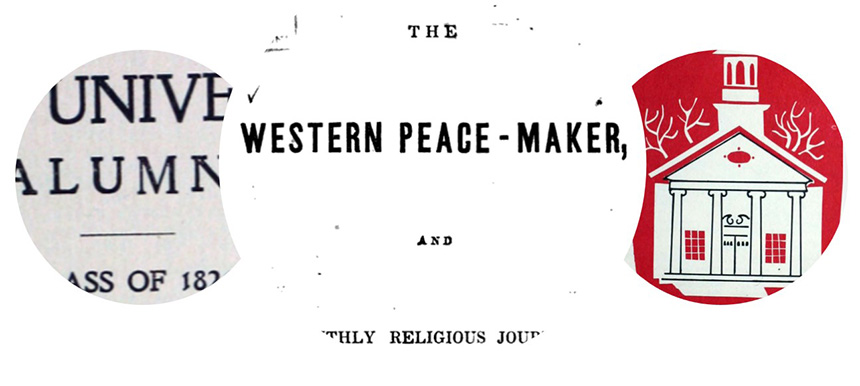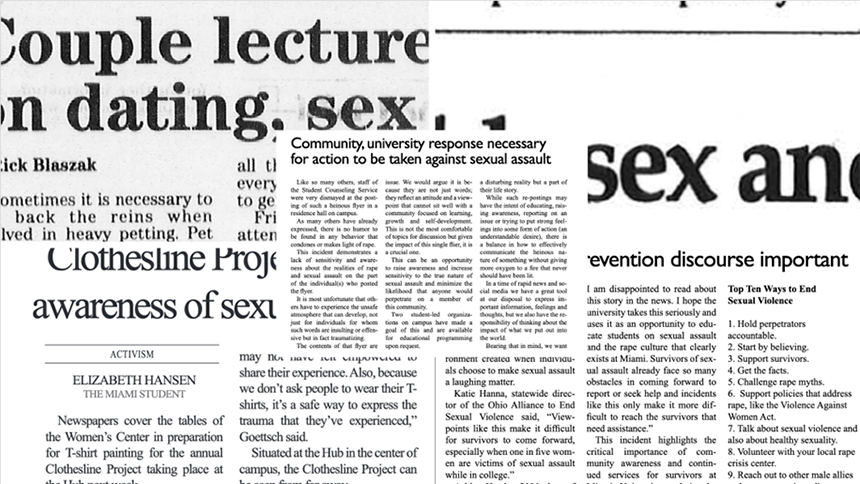The American residential college is often depicted as a kind of detached oasis: a place students move to temporarily in order to immerse themselves in their studies and prepare for entry into the “real world.” Such narratives, of course, ignore the experiences of so-called “non-traditional students” (who are a growing majority of those who attend college nationally) and overlook the fact that universities are very much embedded in place and have their own histories that extend beyond the traditions and lore touted as part of an institution’s brand.
When we were hired as faculty at Miami, we cannot recall ever having received resources or instruction about Miami's history and traditions. In order for an institution like Miami, now almost two decades into our institution’s second century, to sustain itself, and to grow its own sense of self within the city of Oxford, the State of Ohio, and beyond, we believe this must change.
We believe that an honest and sustained campus-wide conversation on our history and traditions will build a sense of solidarity to be shared by faculty, students, alumni, and staff as well as enhance the instruction and history we can provide to our students. Thus, in our FLC, conducted during the 2021-2022 academic year, Miami faculty from across the humanities, arts, and sciences came together to consider how incorporating the history of Miami into our classes could enrich our students’ understanding of place, prompt more meaningful engagement within their local community, and better achieve learning outcomes in our respective fields.

